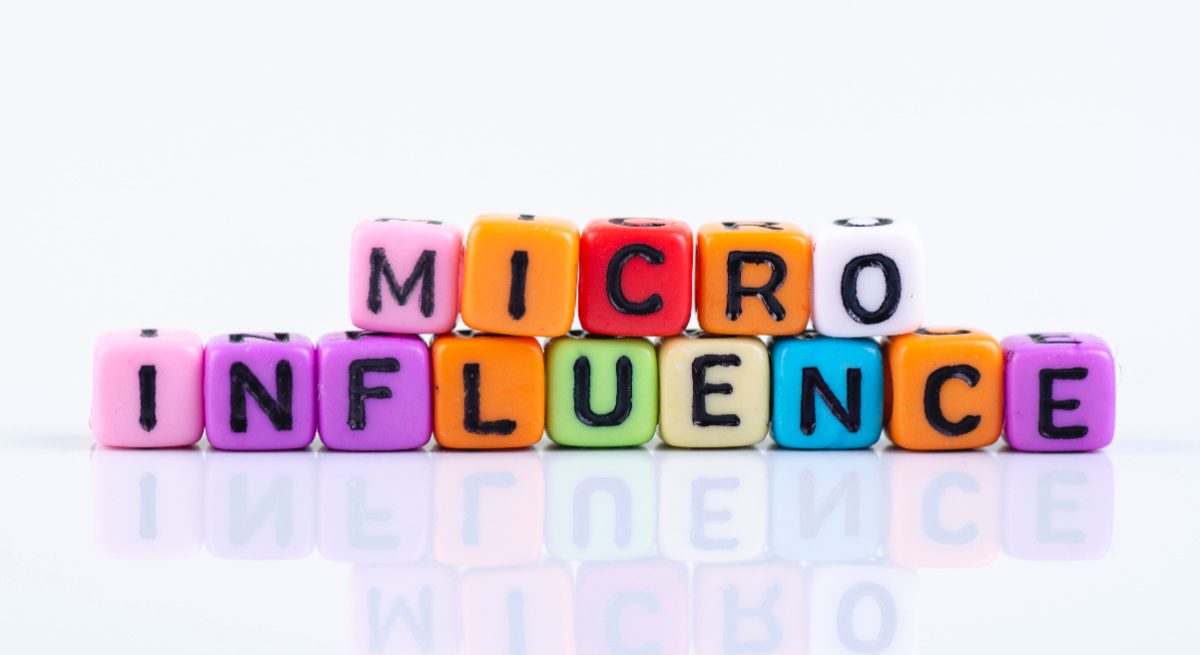Three Reasons Why You Should Be Using Micro Influencers
2 Min Read By Loren G. Dalton
It’s no secret that the influencer marketing industry is booming with billions of dollars. And to many restaurant owners, it seems straightforward: get someone with a lot of followers to promote your restaurant and food. But what many fail to recognize is that mega influencers are not a one-size-fits-all, and they should instead consider partnering with a micro influencer. Micro influencers are defined as accounts with 1,000 to 100,000 followers who are well known in their niches with a hyper-engaged audience. If you haven’t heard of them, here are three key reasons why they should be in your marketing plan:
They Seem More Genuine than Bigger InfluencersMicro influencers may have smaller audiences, but they often have better engagement. Their content seems more authentic than sponsored, and as a result, makes them relatable to consumers. A smaller account is more approachable and able to better interact with followers, leading to genuine connections and relationships.
In…
Sorry, You've Reached Your Article Limit.
Register for free with our site to get unlimited articles.
Already registered? Sign in!


